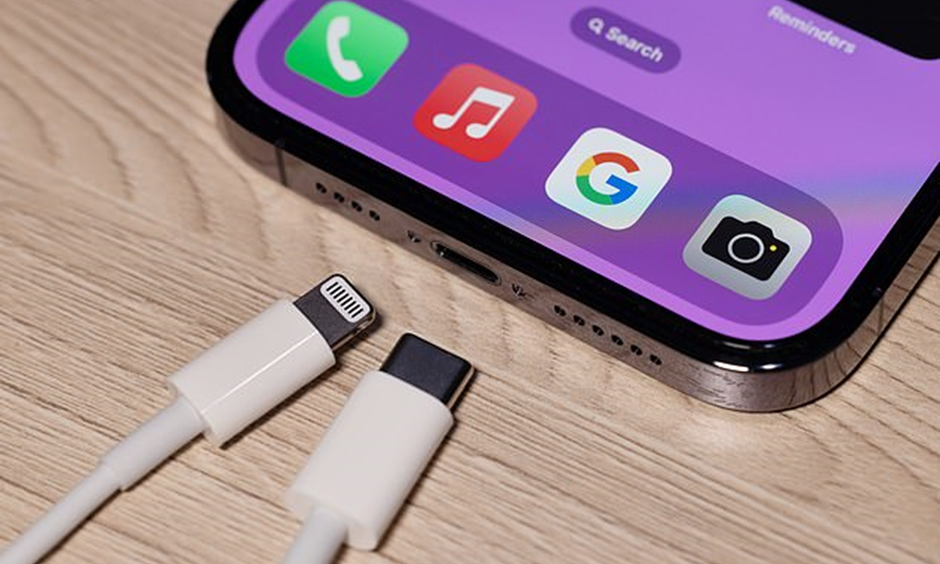iPhone 15’s shift to USB-C has hidden potential to streamline computing

Apple is set to reveal the iPhone 15 at a special event today September 12th 2023, and we already know a lot about what to expect thanks to rumors and supply chain sources but this time, applause goses to the European Union regulators. That last source strongly suggests that the newest iPhone will get a USB-C connector, replacing the Lightning connector that Apple introduced with the iPhone 5 in 2012.

That’s not all we expect to see in a new iPhone, but it could be the most significant shift because of what it potentially unlocks. That’s particularly true for the iPhone 15 Pro and Pro Max, which are both expected to get a Thunderbolt port that makes use of the same connector as USB-C, but adds a whole lot of additional capabilities in terms of input and output options, for data, display, power and more.
The iPhone getting more hardware input and output capability has ramifications about what kind of role it occupies in the overall computing lives of users. Already, competitors, including Samsung and Motorola, have spent multiple generations of their own devices iterating on how smartphones can do more for users than they might be used to; Samsung’s DeX, for instance, while a bit of an awkward fawn at its introduction, has become a surprisingly competent desktop replacement. Android is also potentially set to get its own native desktop mode in time for Pixel 8, if the rumor mill proves accurate.
Apple hasn’t yet done what it needs to do in terms of showing us that even iPadOS can be a proper desktop computing environment replacement, but it has so much potential to make the iPhone a transformative device in this regard. The idea of a pocketable thin client model of computing where you basically take your PC with you wherever you go, and plug it into accessories including displays and input devices that can work with any wherever you need, has been around for a long time. But an iPhone 15 sporting a full-featured USB-C port with the capabilities of the latest Thunderbolt spec has no technical barriers toward making it actually happen.
Currently, iPhones are extremely limited in terms of what they can do when connected to an external display. You can basically either mirror your device’s screen, which provides an experience not at all optimized for larger canvases, or, if implemented by a developer, you can output video at a resolution and aspect ratio that makes the most of a TV or monitor — while leaving the rest of the interface out of the mix.
An iPhone that’s able to project something more like iPadOS (or, ideally, but not definitely wishful thinking on my part — macOS) when connected to a screen could easily replace a laptop for probably a significant portion of the population, including for casual computing, and for the work tasks of the bulk of the knowledge workforce. The iPhone’s processors are the basis for the ones now used in Macs anyway, and they definitely don’t lack oomph when it comes to the performance required for things like knocking out emails, browsing the web, watching video and even editing photos.







